Alienware 15 R3 Gaming Laptop Review
Why you can trust Tom's Hardware
Price Analysis And Conclusion
When gaming laptops come to mind, this particular configuration of the Alienware 15 R3 is an oddity. Some might say that the gaming on a mobile system requires an i7 at the absolute least, and they might be right. The Alienware 15's Intel core i5-6300HQ proves itself to be a major bottleneck during CPU-intensive synthetic benchmarks and a handful of titles. And even in workloads where strong multi-core performance isn't paramount, the extra ounce of performance that an i7 provides is just enough to pull certain systems ahead of our Alienware.
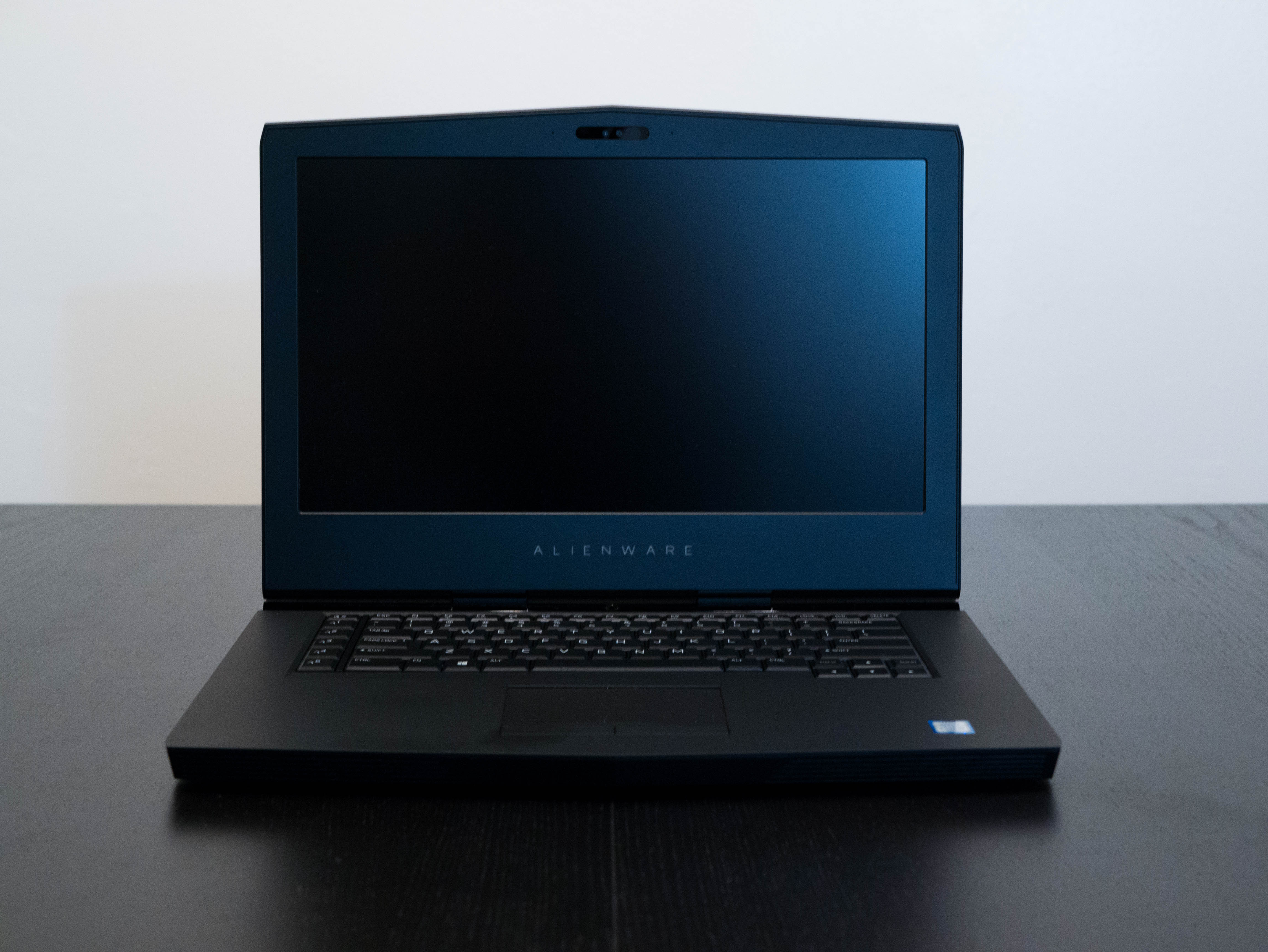
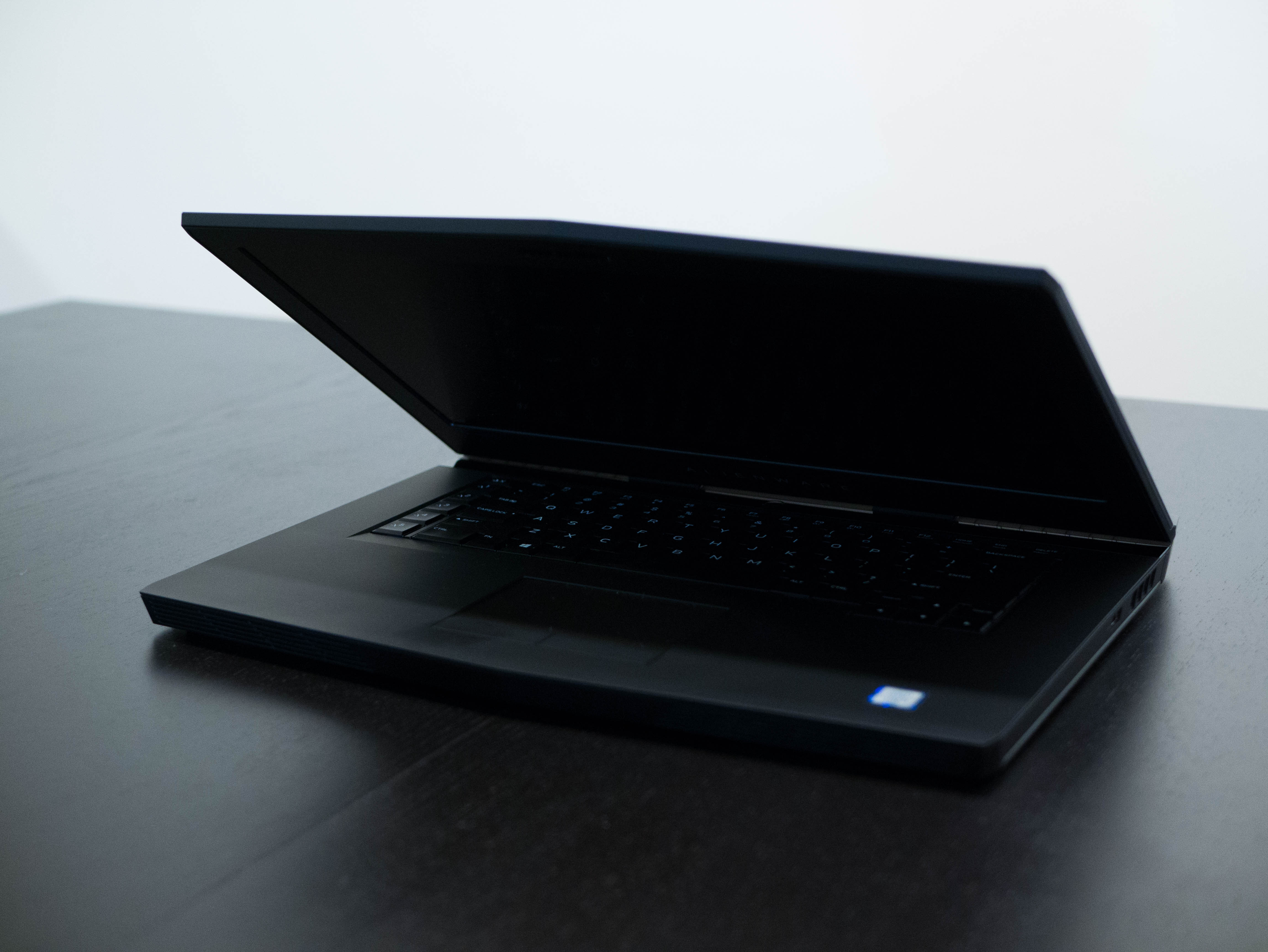
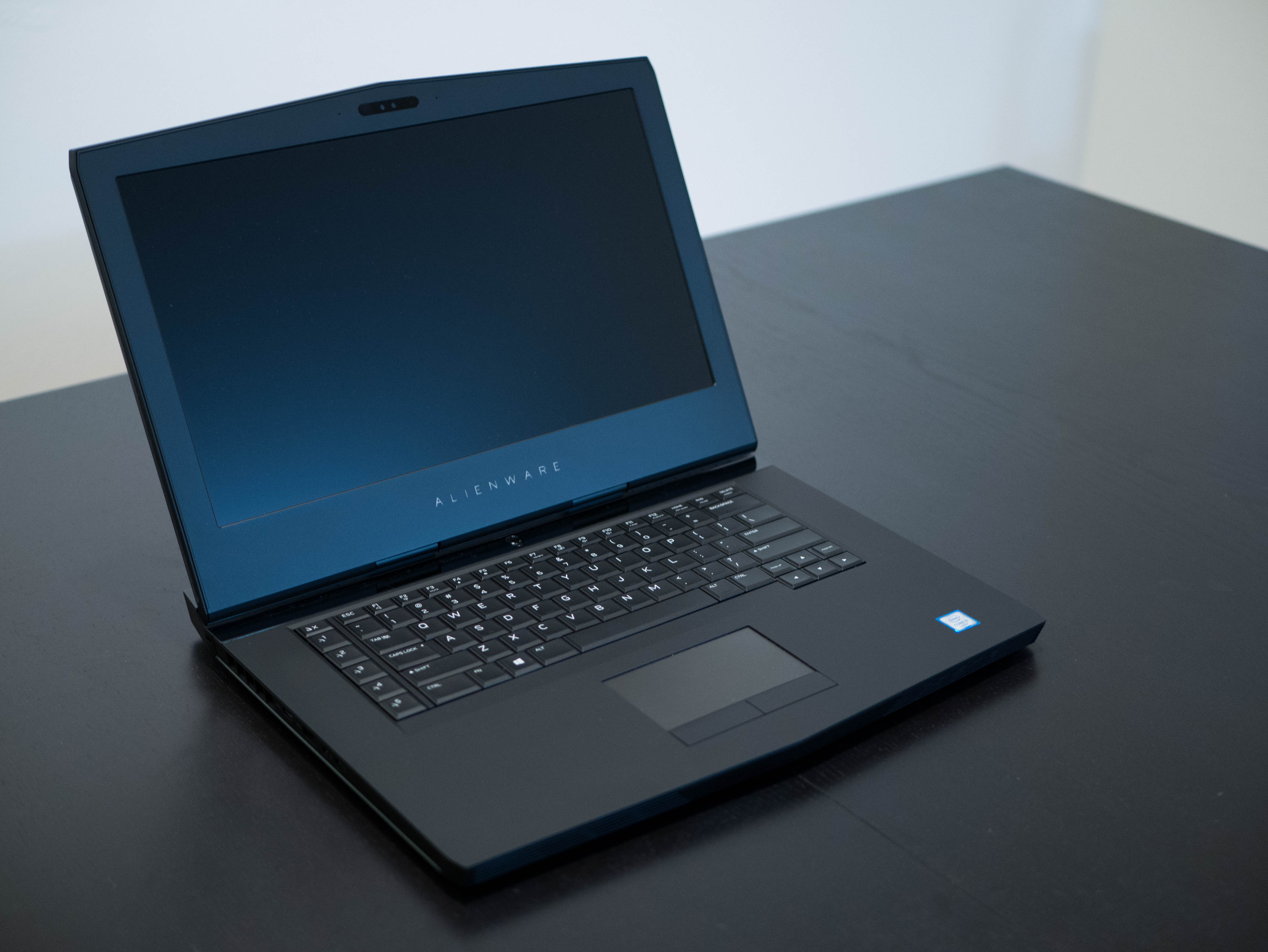
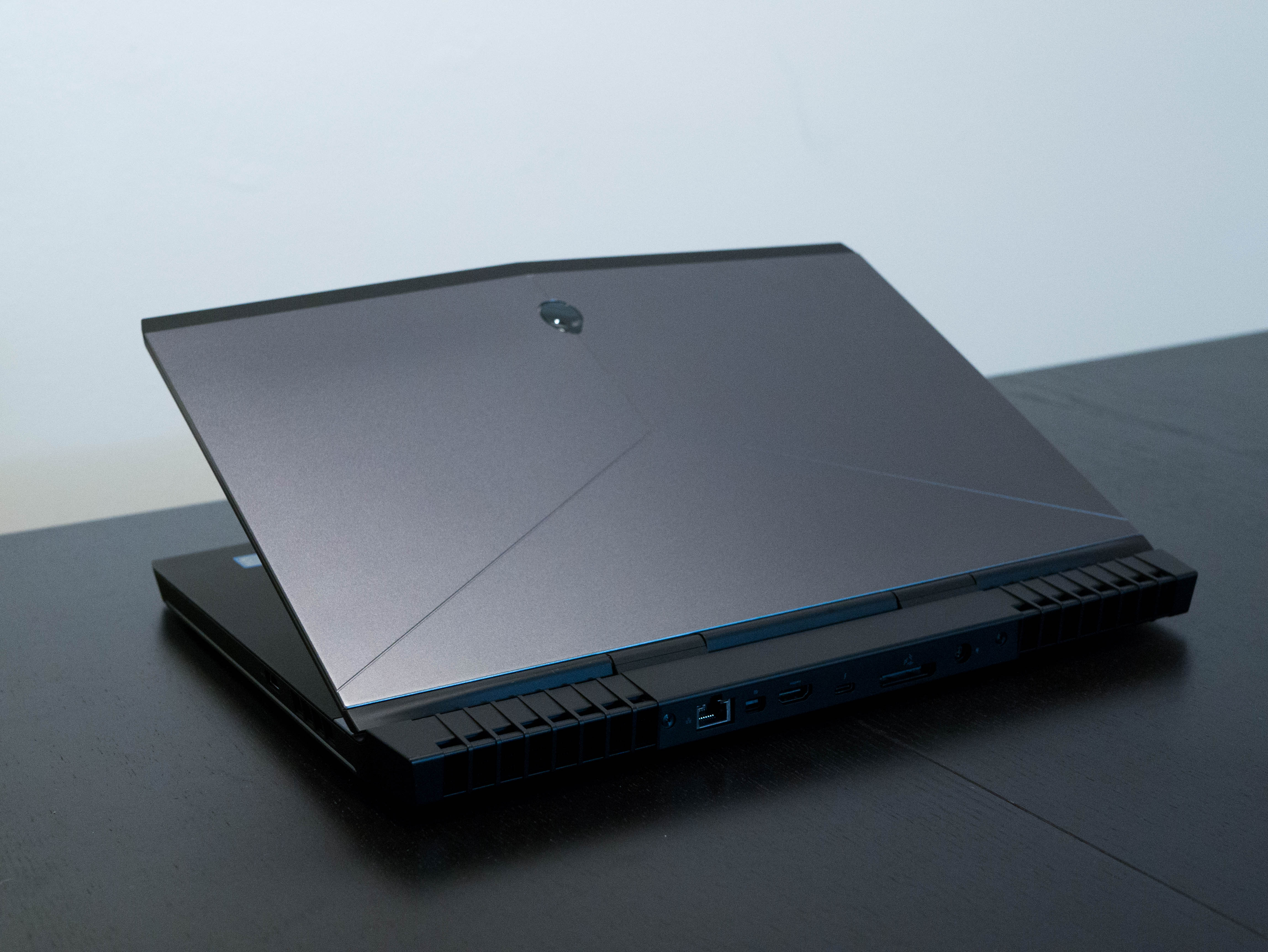
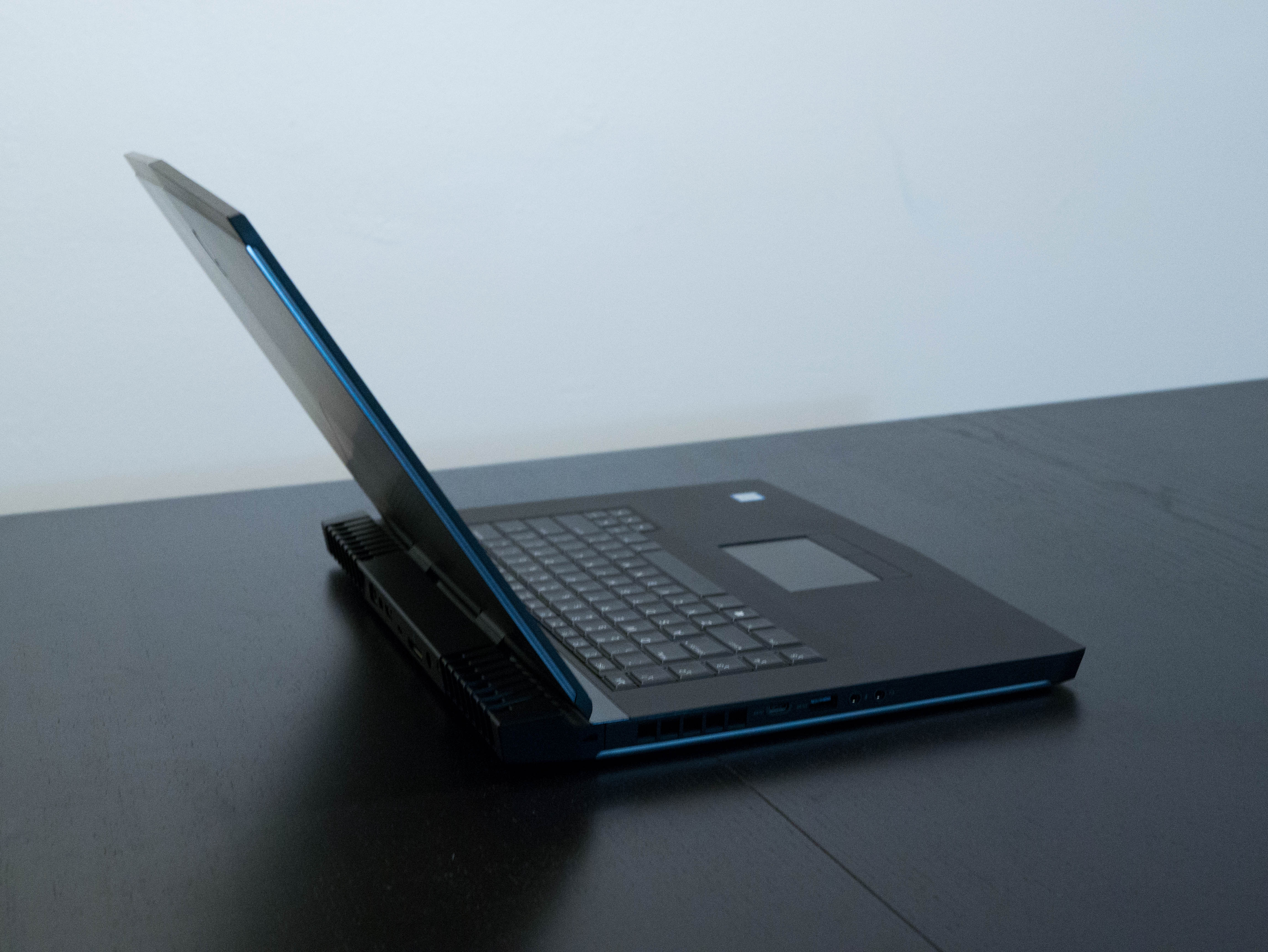
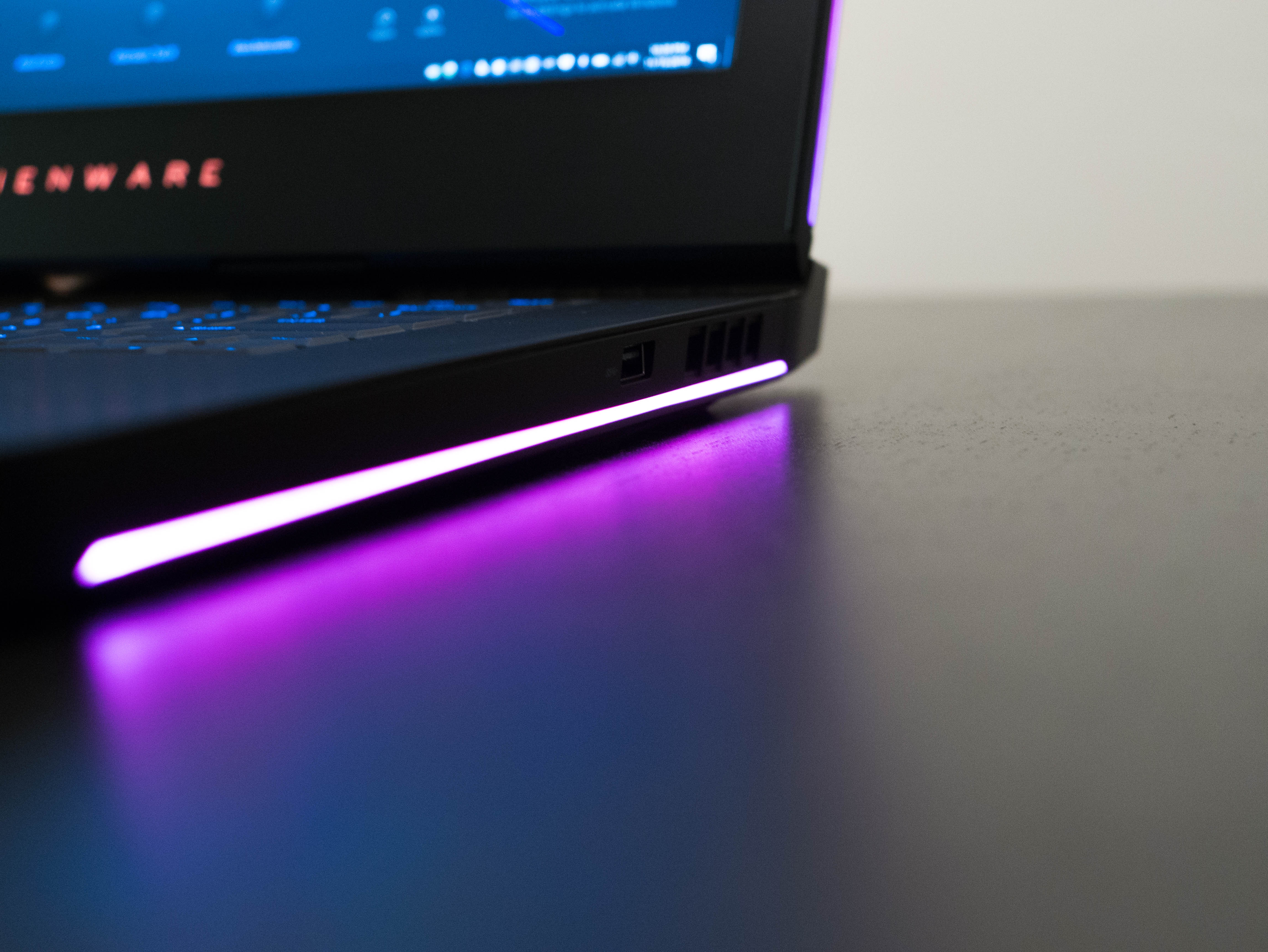
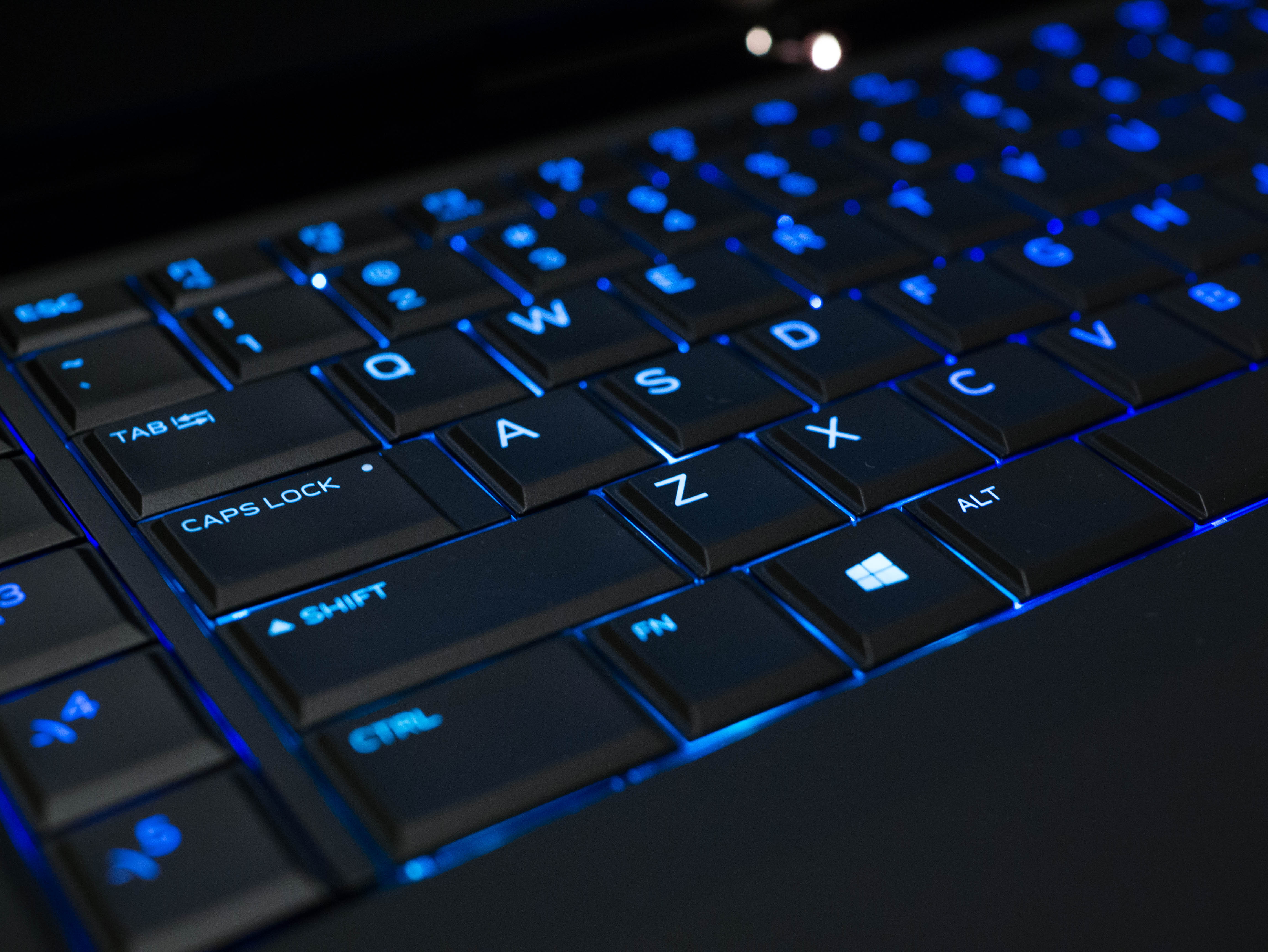
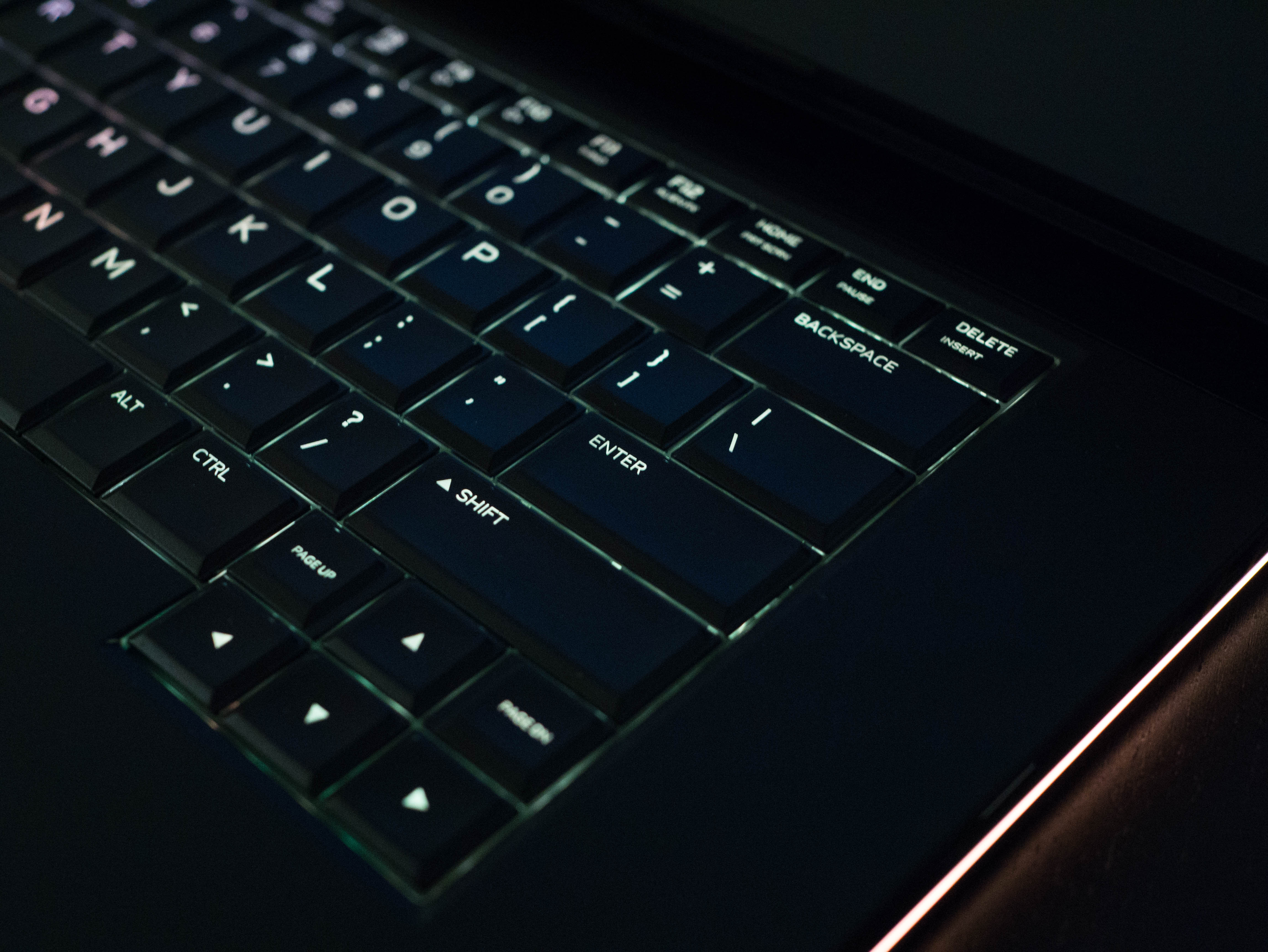
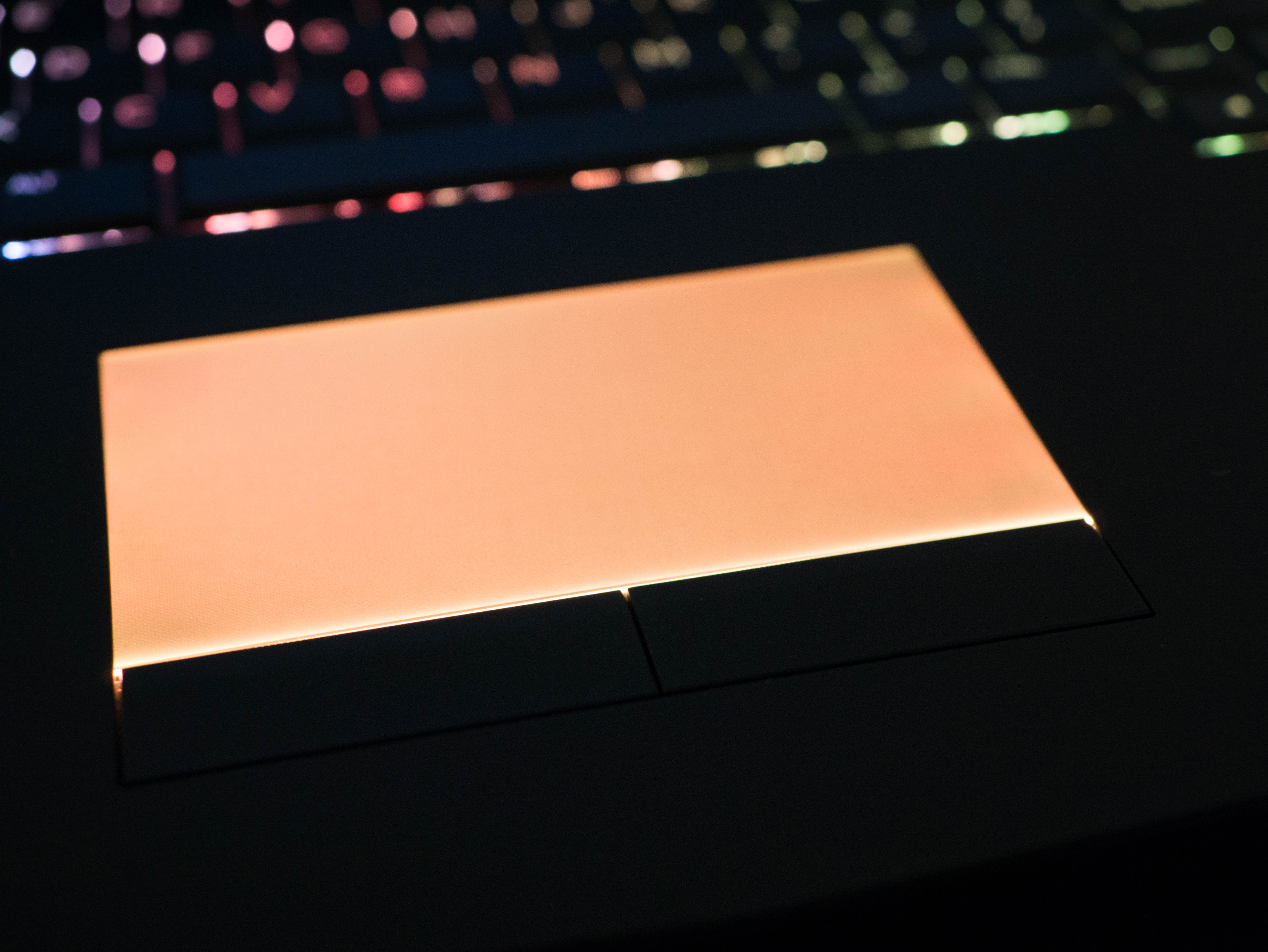
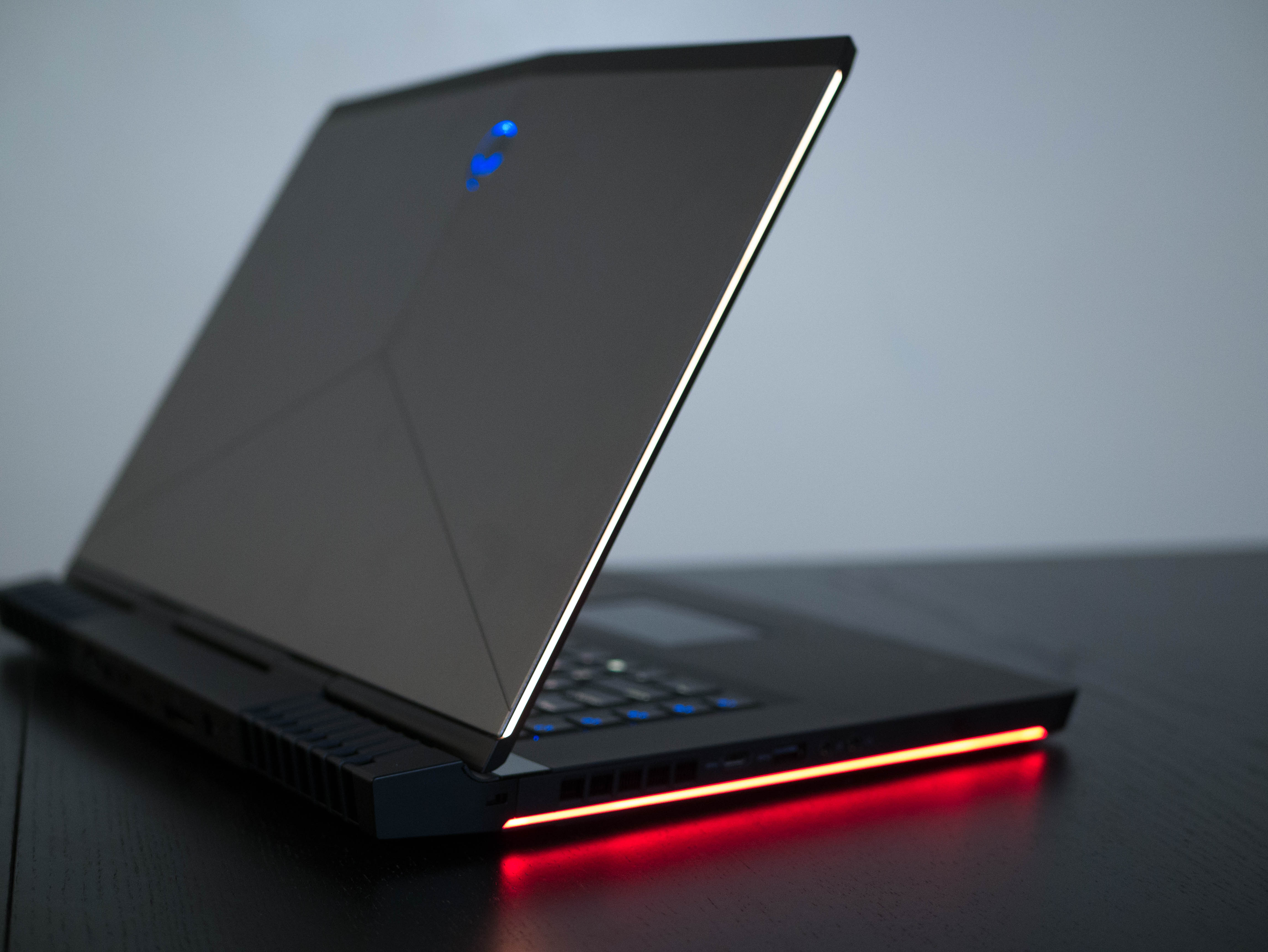
At $1,350 (this was its price when we acquired it, and Amazon still shows under $1,400 at publish time for this configuration), the Alienware 15 R3 squares off directly against the MSI GP62MVR Leopard Pro-218, which costs the same amount. The main differences between the two are the Leopard Pro's Intel Core i7-6700HQ, 16GB of DDR4-2133 memory (vs. the Alienware's 8GB), and the smaller GTX 1060 module. More platform-demanding metrics and games, like Bioshock Infinite or GRiD Autosport favor the Leopard Pro considerably. On the other hand, games that devour VRAM, like Grand Theft Auto V and Rise of the Tomb Raider, illustrate the Alienware laptop's strengths. If you have less than $1,500 to spend, and pure gaming performance is your concern, now you know the trade-offs between these two choices.
However, we can't judge the Alienware 15 based on its CPU alone. It has many merits (some of them subjective) that set it apart from the MSI Leopard Pro, the Asus Strix 15, and even the Gigabyte P37X. For one, the Alienware has the most impressive build quality. The laptop is built solidly, has no flex, and the overall finish screams "premium," whereas its direct competitor, the Leopard Pro, feels . . . less premium. The Alienware laptop also exhibits the best cooling solution out of the four, keeping well under 70°C even after a 15 minute Furmark GPU stress test. Finally, the Alienware Command Center gives you comprehensive lighting controls, which usually aren't found in systems around this price point.
Not everything about the Alienware 15's body is perfect. Its keyboard, for example, has an incredibly cramped layout with virtually no space between each individual key. Comparitively, the Leopard Pro, Strix 15, and P37X v6 all have adequately spaced keys that provide a comfortable typing experience. Additionally, the Alienware's display suffers some big grayscale and color accuracy deficiencies, not just in the reported metrics, but also visible to us.
Perhaps if we were to upgrade the Alienware 15's i5-6300HQ to an i7-6700HQ, the system would be much more compelling. Customizing our current configuration with an i7 bumps up the price on Dell's website to $1,500, pitting it against the Strix 15, which sits at $1,400. An i7-equipped model would likely deliver just as much performance as the competition, perhaps even more due to its robust cooling solution, while having better build quality and impressive backlighting. This would easily place it at the top of the list for gaming laptops priced at $1,500 and below.
MORE: Gaming Laptop Previews
MORE: All Laptop Content
Get Tom's Hardware's best news and in-depth reviews, straight to your inbox.
Follow us on Facebook, Google+, RSS, Twitter and YouTube.
Current page: Price Analysis And Conclusion
Prev Page Battery, Thermal And Display Testing-
ledhead11 "gaming laptop", not quite. Nice case though, obvious where most of the money is going.Reply
I think if a manufacturer commits to 1440p/144khz-gsync/1070/16gb 213mhz w/ an adequate i5/i7 then you'd get a lot of people willing to happily pay around $2000-2300. Pretty sure I read mention of an Aorus model here somewhere. Would love to see a review of that beast.
All these 1080p-60hz/$1400-1800 w/ 1050/1060's are really unimpressive in terms of price/performance. You'd almost be better off getting one of those custom built mobile PS4's. -
nebun for the price the benchmarks are very disappointing....thanks but no thanks.....Alienware is not what it used to be...also bloatware up the arse...i have a 17 R4 model and at times i am very disappointedReply -
lunyone Having only 8 gb's of RAM is disappointing. Could you upgrade to 16 gb's and see if this changes anything in the results? I'm also with LEDHEAD11 about the pricing for laptops with 1080p 60 hz 15" laptops in this price range. I would have liked to see a GTX 1070 in the $1,400-$1,500 price range, but I guess I'm asking for too much. The GTX 1060 should be filling the $800-$1,200 price range, IMHO.Reply -
Clamyboy74 Could you do a review of the clevo p650rp6/ Sager np8151/np8152? I've been scouring the web for a review on those two laptops, with no luck.Reply -
Martell1977 I'm still waiting for the models with the RX 470 in them. These nVidia models are overpriced and out of my price range. Considering you can get a laptop with a 960m for around $800, I had hoped the pricing would have been comparable. I know the performance difference, but that doesn't excuse almost doubling the price. Each new gen comes with performance increases.Reply -
Clamyboy74 The RX470 is an option in the Alienware 15, but it costs just as much as the 1060 configuration.Reply -
Temp__ I don't understand why the reviewer chose the lowest end alienware laptop and then mentioned cpu bottleneck as a con.Reply
If you were going to do such a big detailed review, you should have chosen the model majority of people would like to go with. The one with i7-6700HQ, 16Gigs Ram. And also, this is perhaps the only laptop which I have seen with options to choose battery size. I think you chose the lower battery version, but if you wanted you could have chosen the 99Whr battery for $50 extra and it would have beat all the laptops in the competition. 99Whr is the maximum legal limit for batteries in a laptop! Many other reviewers said that this one has one of the best batteries in its category. 6-8 hours on regular web-browsing in non-gsync version.
Also, there is a 1440p and 4k version including one with 120hz. -
ragenalien Can you please do a normal use battery life test for these? I understand they're for gaming but that's not all people use them for.Reply -
FritzEiv Reply18893424 said:I don't understand why the reviewer chose the lowest end alienware laptop and then mentioned cpu bottleneck as a con.
If you were going to do such a big detailed review, you should have chosen the model majority of people would like to go with. The one with i7-6700HQ, 16Gigs Ram. And also, this is perhaps the only laptop which I have seen with options to choose battery size. I think you chose the lower battery version, but if you wanted you could have chosen the 99Whr battery for $50 extra and it would have beat all the laptops in the competition. 99Whr is the maximum legal limit for batteries in a laptop! Many other reviewers said that this one has one of the best batteries in its category. 6-8 hours on regular web-browsing in non-gsync version.
Also, there is a 1440p and 4k version including one with 120hz.
I don't disagree with you here. We started looking at the sub-$1500 market at the 1060 GPU, and we specifically chose this one (we actually purchased it, because Alienware has been slow to provide us with review hardware) because we wanted to give a starting point range of what was possible under that price point; it wasn't our intention to hobble any particular vendor/product. In our MSI Leopard review, a commenter asked us to look at an i5-based system, in fact. Our intention is to look at a range of configurations at a variety of price points and expand the scope and comparison field, and we've got a few others on the way. I'm also planning to reach back out to Alienware to see if we can get a few more models in.